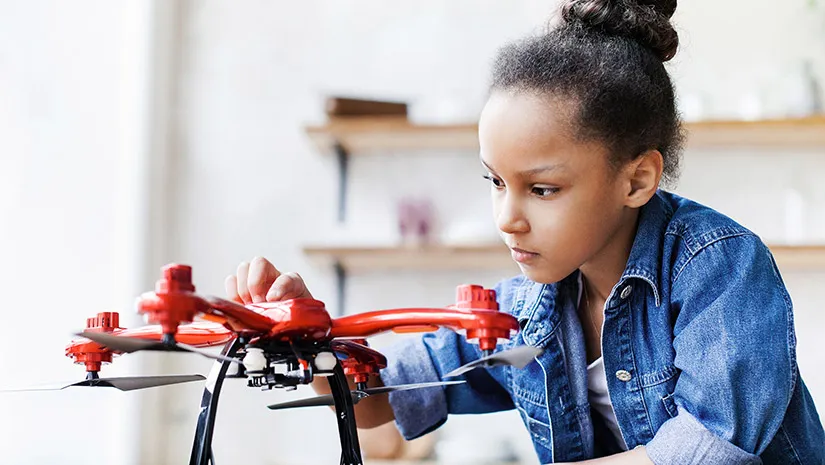As technology continues to advance, it’s no surprise that drones are making their way into the classroom. Schools around the world are using drones in a variety of ways to enhance the learning experience for students.
One way that drones are being used in schools is for hands-on, experiential learning. For example, a school might use drones to take aerial photographs or videos of a local ecosystem, allowing students to get a bird’s eye view and better understand the relationships between different organisms and their environments. Drones can also be used to demonstrate concepts in subjects like physics, as students can watch how the drone moves and reacts to different inputs in real time.
Another way that drones are being used in schools is for problem-based learning. For example, students might be challenged to design and program a drone to navigate through a series of obstacles or to complete a specific task. This type of learning allows students to apply their knowledge and critical thinking skills in a real-world context, and can be especially engaging for students who are interested in science, technology, engineering, and math (STEM) fields.
Of course, using drones in the classroom does come with some challenges. For one, there are safety concerns to consider, as drones can be dangerous if not used properly. Schools will need to establish clear guidelines for how drones can be used, and will need to ensure that students and teachers are properly trained on how to operate the drones safely. Additionally, there may be regulatory issues to consider, as different countries and regions have different laws and regulations regarding the use of drones.
Despite these challenges, the benefits of using drones in the classroom are clear. Drones can help students to think creatively, to solve problems, and to understand complex concepts in a way that is engaging and interactive. As drones continue to become more sophisticated and more affordable, it’s likely that we will see even more schools incorporating them into their curricula in the coming years.

